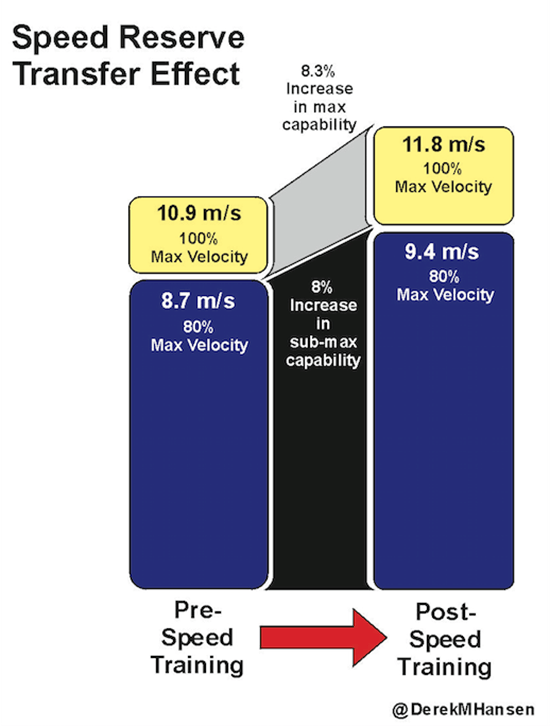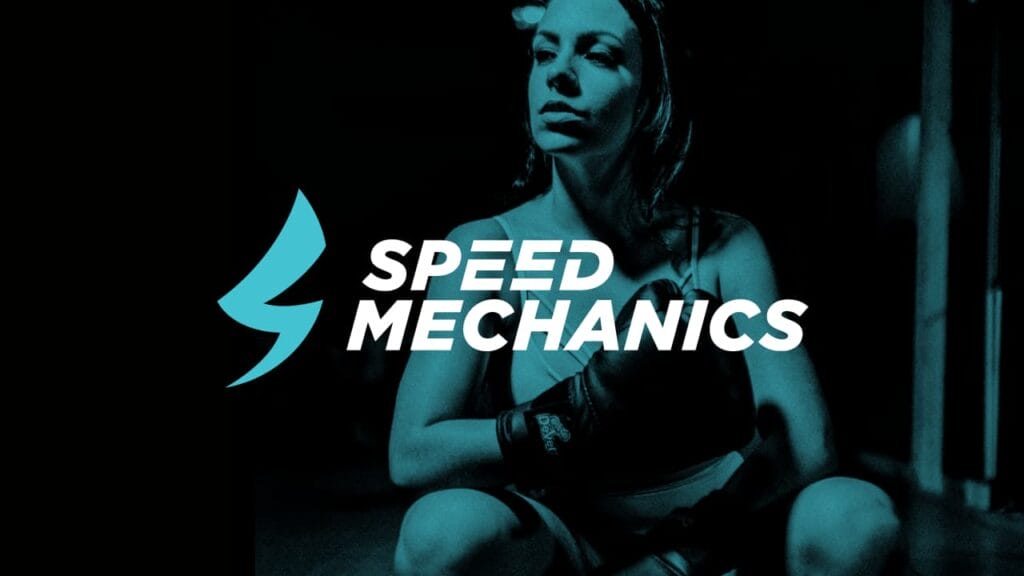Sports has always been a place to express one’s physical prowess. The idea of sport is a microcosm of the world at large. The sporting environment offers lessons on perseverance, work ethic, and teamwork, among other life lessons. It teaches you about time management, setting goals, and developing pathways to achieve them. Sports teaches you about your body; how to move, how different aspects of life can affect performance outcomes, and how the mind and body are connected. Sport also creates an environment for people to try new things and fail with smaller repercussions compared to the real world. This helps people to build confidence, understand themselves better, and learn to adapt and overcome adverse situations. Most importantly, it offers a path for fun and creativity that is very much lacking in the modern world.
Forever, this environment has largely been open to men only and only recently is beginning to open to women. It has taken far too long to even get to the point we’re currently at and we still have a long way to go. Why would we not want to give young women the opportunity to develop these skills and be their best selves? Although I don’t think anyone wants to prevent giving young girls these opportunities, many well-intentioned parents, may not have the answers, or the systems may not be in place to facilitate the needs of girls and young women. In addition, there also still remains antiquated thoughts around girls and women and training. This is clearly evident by the NCAA training facilities at March Madness this year for the women.
At the development level, I am frequently asked about training for people’s daughters, and they go on to tell me what they are currently doing or not doing. More often than not, it seems like coaches are afraid to train girls like athletes despite them being athletes. This is a major problem and does not benefit anyone.
When I started coaching at the college level, there was a clear distinction between the men’s side and the women’s side. The women did not go into the weight room and the football team dominated the weight room. After the first semester, this all changed. I created women’s only training times, I purchased 15kg and 20kg bars and made sure there were equal proportions of bars. Even though in the sport of weightlifting, 15kg bars are called women’s bars, we were not allowed to genderize the bars. This removed all hesitation from anyone using whichever bar they felt comfortable with, including women using the 15kg bar. The whole point was to create a culture of inclusivity and an environment that the women’s teams felt was their own and that they were equally a part of. After the initial phase of getting the women’s teams into the gym, the big changes came from programming. Previously, it was reported that they didn’t do much in the way of training. What little some did was either some bodybuilding or mostly “cardio”. My goal was to change the mindset from aesthetics and pop-media-guided exercise to training for performance.
Whether it was soccer, ice hockey, rugby, basketball, or track and field, the low-hanging fruit was strength and reducing excess work in the form of “cardio”. For us, the best first step was encouraging our women to lift weights to get strong. Strength and size are unfortunately synonymous in pop culture, but in reality, they are not. Women will not get bulky or increase mass and look like Arnie no matter how hard they try. They will not stiffen up nor slow down either. In actuality, strength is a major differentiating factor between the sub-elite and the elite in women’s sports. There is also a lot of research demonstrating that stronger athletes are less likely to be injured and if they are injured, it is likely less catastrophic (season-ending) compared to their weaker counterparts. Simply by being stronger you will increase speed, power, durability, and even your endurance!
The other component was reducing the excess work in the form of “cardio.” I continue to put “cardio” in air quotes because I hate the term. Cardio indicates a lack of intention. Cardio is like exercising rather than training; it indicates no purpose. Athletes train and they have conditioning work or energy system development (ESD) work that has a specific purpose in mind. It is not simply to just go jogging for 20-30 mins or complete a 5k or a 10k run. Instead, there should be a target or goal with each session which is dependent upon an individual’s strengths and weaknesses, the micro-, meso-, and macrocycle timing as well. So we took out all excess, pointless runs, and we replaced them with specific volumes and ranges of tempo running combined with increased speed work to increase their speed reserve.

Simply by increasing strength numbers and organizing their conditioning to have a purpose, we saw performance increase significantly in those that did the work. When coaches start to train young women and girls like the athletes that they are, they will begin to see the field elevate to new levels. Currently in women’s sports, because the grassroots infrastructure and systems are still being developed, there is a ton of opportunity for girls to find the right coach(es) and train appropriately. If someone ever tells you “don’t be too strong” or “do more cardio” or “don’t that, you’ll get too big” run for the hills!
Train like the athlete you want to be. Ask questions from the experts in the field. Continue to seek out knowledge. Develop your strength, power, and speed. Sprinkle in some specific conditioning work and become unstoppable on the field, court, ice, or wherever your domain is. We are here to support you on this journey. Ask us how.
~ Khyl

